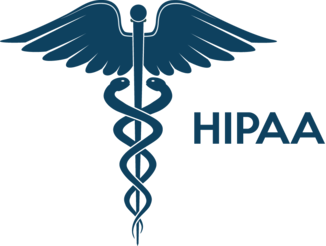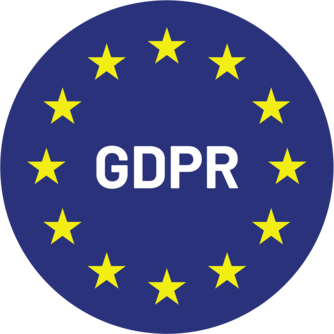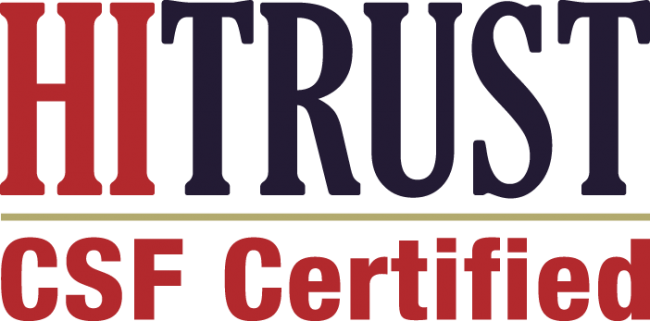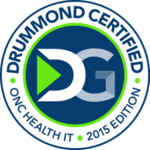The Philippine healthcare system stands at a critical juncture. With chronic diseases becoming the leading cause of death and disability nationwide, healthcare providers are increasingly seeking innovative solutions to manage patient care while controlling costs. Remote Patient Monitoring (RPM) has emerged as a transformative technology that promises to reshape how chronic diseases are managed, offering significant benefits for both providers and patients.
The Current State of Chronic Disease in the Philippines
Chronic diseases pose a substantial burden on the Philippine healthcare system. Non-communicable diseases (NCDs) such as cardiovascular disease, diabetes, hypertension, and chronic respiratory conditions account for approximately 70% of all deaths in the country. The rising prevalence of these conditions, combined with an aging population and limited healthcare resources, creates an urgent need for more efficient care delivery models.
The COVID-19 pandemic has further accelerated the adoption of digital health solutions. Filipino patients demonstrated surprising adaptability to telemedicine, with studies showing that about 3 in 5 participants perceived telemedicine as affordable and found it to be an efficient and convenient means of receiving healthcare. This shift in patient acceptance has created fertile ground for RPM implementation.
What is Remote Patient Monitoring?
Remote Patient Monitoring represents a paradigm shift from traditional episodic care to continuous, data-driven healthcare management. RPM systems utilize digital sensors, Internet of Things (IoT) devices, and big data analytics to capture and transmit health-relevant data from patients’ homes directly to healthcare providers. This technology enables real-time monitoring of vital signs, medication adherence, and other health metrics, allowing for proactive intervention before complications arise.
The Financial Case for RPM: Compelling ROI Statistics
The return on investment for RPM programs presents a compelling business case for Philippine healthcare providers. Recent studies and real-world implementations demonstrate significant cost savings and improved financial outcomes.
Cost Reduction Metrics
Research indicates that chronic diseases account for 86% of healthcare expenses globally. By implementing RPM programs, healthcare providers can achieve substantial cost savings through multiple mechanisms. Studies show that RPM can reduce the total cost of care, with the majority of savings attributed to reduced hospital admissions and post-discharge spending.
For specific conditions, the financial impact is even more pronounced. In hypertension management, RPM programs have demonstrated the potential to reduce heart attack and stroke rates by 50% compared to usual care and self-monitoring alone. This dramatic reduction in catastrophic events translates directly into significant cost savings for healthcare systems.
Revenue Generation Opportunities
Beyond cost savings, RPM creates new revenue streams for healthcare providers. The average yearly reimbursement from Remote Therapeutic Monitoring (RTM) for a patient can reach approximately $1,960, with different billing codes available for various monitoring services. This revenue potential, combined with cost savings, creates a powerful financial incentive for RPM adoption.
For diabetes management, studies evaluating RPM programs with lifestyle education software show a 21% cost decrease for patients over one and two years of follow-up. This dual benefit of reduced costs and improved outcomes makes RPM particularly attractive for value-based care models.
Clinical Outcomes and Quality Improvements
The clinical benefits of RPM extend far beyond cost considerations. Over 100,000 actively monitored RPM patients have demonstrated significant improvements in clinical outcomes across multiple chronic conditions, including hypertension, obesity, and type 2 diabetes.
Enhanced Patient Safety and Adherence
RPM interventions have shown remarkable improvements in patient safety and medication adherence. The continuous monitoring capability allows healthcare providers to identify potential complications early, reducing emergency department visits and hospital readmissions. This proactive approach to care management is particularly valuable in the Philippine context, where geographic barriers often limit access to immediate medical attention.
Improved Quality of Life
Patients enrolled in RPM programs consistently report improved quality of life outcomes. The convenience of home-based monitoring, combined with the security of continuous professional oversight, reduces anxiety and improves patient satisfaction. This is particularly relevant for Filipino patients who may face transportation challenges or work schedule conflicts that make regular clinic visits difficult.
Implementation Considerations for Philippine Providers
Technology Infrastructure
The successful implementation of RPM requires adequate technology infrastructure. While the Philippines has made significant strides in digital connectivity, providers must ensure reliable internet access and user-friendly devices for their patient populations. The selection of appropriate monitoring devices should consider factors such as ease of use, cultural acceptability, and cost-effectiveness.
Staff Training and Workflow Integration
RPM implementation requires comprehensive staff training and workflow redesign. Healthcare providers must develop protocols for data interpretation, patient communication, and intervention procedures. The integration of RPM data into existing electronic health records systems is crucial for maximizing the technology’s benefits.
Regulatory and Reimbursement Landscape
Philippine healthcare providers must navigate the evolving regulatory environment for digital health solutions. Understanding reimbursement policies and ensuring compliance with data privacy regulations are essential for successful RPM programs. The growing acceptance of telemedicine during the pandemic has created a more favorable regulatory environment for RPM adoption.
Strategic Recommendations for Philippine Providers
Start with High-Impact Conditions
Healthcare providers should prioritize RPM implementation for conditions with the highest clinical and financial impact. Hypertension, diabetes, and heart failure management show the strongest evidence for cost-effectiveness and clinical improvement. These conditions also have well-established monitoring protocols and proven technology solutions.
Develop Partnerships and Collaborations
Successful RPM implementation often requires partnerships with technology vendors, telecommunications companies, and potentially government agencies. Collaborative approaches can help address infrastructure challenges and reduce implementation costs.
Focus on Patient Education and Engagement
The success of RPM programs depends heavily on patient engagement and adherence to monitoring protocols. Providers should invest in comprehensive patient education programs that address both the technical aspects of device use and the importance of consistent monitoring.
Measure and Optimize Performance
Continuous monitoring and optimization of RPM programs are essential for maximizing their benefits. Providers should establish key performance indicators (KPIs) that track clinical outcomes, patient satisfaction, and financial performance. Regular program evaluation allows for continuous improvement and demonstrates value to stakeholders.
Future Outlook and Opportunities
The future of RPM in the Philippines looks increasingly promising. The convergence of improving technology infrastructure, growing patient acceptance, and evolving healthcare policies creates favorable conditions for expanded adoption. Artificial intelligence and machine learning capabilities will further enhance RPM effectiveness by providing predictive analytics and personalized care recommendations.
The potential for RPM to address healthcare disparities in the Philippines is particularly significant. By bringing continuous monitoring capabilities to remote and underserved areas, RPM can help bridge the gap between urban and rural healthcare access. This democratization of healthcare technology aligns with the government’s universal healthcare objectives.
Conclusion
Remote Patient Monitoring represents a transformative opportunity for Philippine healthcare providers to improve patient outcomes while achieving significant cost savings. The compelling financial returns, combined with enhanced clinical outcomes and improved patient satisfaction, make RPM an essential component of modern healthcare delivery.
The evidence demonstrates that RPM is not just a technological advancement but a strategic imperative for healthcare providers seeking to thrive in an increasingly complex healthcare environment. Early adopters who implement comprehensive RPM programs today will be best positioned to capitalize on the growing demand for digital health solutions and value-based care models.
For Philippine healthcare providers, the question is not whether to adopt RPM, but rather how quickly and effectively they can implement these programs to better serve their patients while building sustainable, profitable healthcare organizations. The time for action is now, and the potential rewards are substantial for those who embrace this transformative technology.

